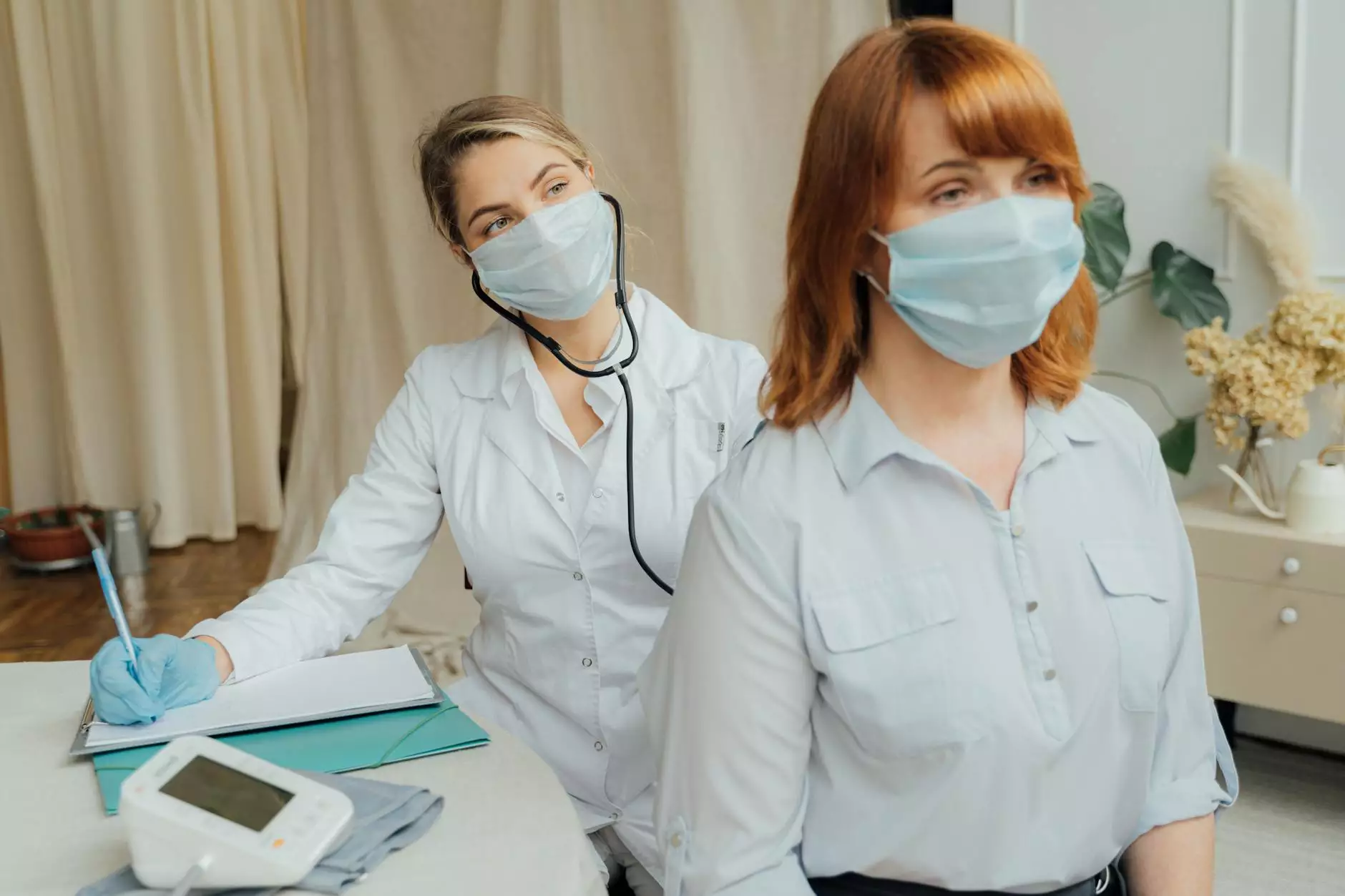Understanding Deep Vein Thrombosis: Symptoms, Causes, and Treatment

Deep vein thrombosis (DVT) is a condition that occurs when a blood clot forms in a deep vein, typically in the legs. This condition can lead to serious complications, including pulmonary embolism, if not addressed quickly. Understanding the symptoms of deep vein thrombosis is crucial for early detection and treatment. In this comprehensive guide, we will explore the key aspects of DVT, including its symptoms, risk factors, diagnostic procedures, and treatment options available at Truffles Vein Specialists.
What is Deep Vein Thrombosis?
Deep vein thrombosis occurs when a blood clot obstructs blood flow in the deep veins of the body, commonly in the legs. The clot can prevent proper circulation and may break loose, traveling to the lungs, resulting in a potentially life-threatening condition known as a pulmonary embolism.
Common Symptoms of Deep Vein Thrombosis
Recognizing the symptoms of deep vein thrombosis is essential for timely medical intervention. Symptoms may vary from person to person, and some may experience no symptoms at all. Here are the most common clinical manifestations:
- Swelling: Often occurs in one leg, and the affected leg may appear larger than the other.
- Pain: Discomfort is typically felt in the calf or thigh, often described as cramping or soreness.
- Red or Discolored Skin: The skin may take on a reddish or bluish hue, especially around the affected area.
- Warmth: The skin over the affected vein may feel warm to the touch compared to other areas.
- Enlarged Veins: Superficial veins may become more visible or engorged.
Risk Factors for DVT
Understanding the risk factors associated with deep vein thrombosis can help in prevention. Some of these factors include:
- Extended Periods of Inactivity: Long flights, bed rest, and sedentary lifestyles can increase the likelihood of clots forming.
- Previous History: A personal or family history of DVT or blood clotting disorders raises risk.
- Age: Individuals over the age of 60 are at a higher risk.
- Obesity: Excess weight places additional pressure on veins.
- Smoking: Tobacco use negatively impacts blood circulation and clot formation.
- Hormonal Factors: Pregnancy, hormone replacement therapy, and birth control pills increase clot risks.
Diagnosis of Deep Vein Thrombosis
Diagnosing DVT often involves a combination of physical exams, medical history reviews, and advanced imaging methods. Here’s an overview of the typical diagnostic process:
1. Physical Examination
During the initial examination, your doctor will review your medical history and conduct a physical exam to identify any swelling, tenderness, or discoloration.
2. Ultrasound Imaging
A non-invasive ultrasound is the most common method for diagnosing DVT. This imaging test uses sound waves to create images of the blood flow in the veins.
3. D-Dimer Test
This blood test measures the presence of a substance that's released when a blood clot breaks up. High levels of D-dimer may indicate the presence of an abnormal clotting process.
4. CT or MRI Scans
For more severe cases or when other conditions are suspected, advanced imaging like CT or MRI may be utilized to visualize the veins.
Treatment Options for Deep Vein Thrombosis
Timely and efficient treatment of DVT is crucial to prevent complications. The treatment plan often includes:
1. Anticoagulants
Commonly referred to as blood thinners, medications like heparin and warfarin are prescribed to manage and prevent further clotting.
2. Compression Stockings
Wearing compression stockings helps reduce swelling and prevent the pooling of blood. These may be recommended during and after treatment.
3. Thrombolytics
In more severe cases, thrombolytic therapy might be used to dissolve the clot. This treatment carries some risks and is typically reserved for serious situations.
4. Surgical Interventions
For patients with severe DVT or those who do not respond to medication, surgical options such as vena cava filters or surgical thrombectomy may be necessary.
Preventing Deep Vein Thrombosis
Prevention of deep vein thrombosis is critical, especially for those at an increased risk. Consider the following strategies:
- Stay Active: Regular physical activity promotes healthy circulation.
- Avoid Long Inactivity: Stand up, stretch, and take short walks during long periods of sitting, especially during flights.
- Maintain a Healthy Weight: Aim for a balanced diet and exercise regimen to reduce obesity-related risk.
- Hydrate: Staying well-hydrated helps maintain optimal blood flow.
- Wear Compression Stockings: These can be particularly beneficial during long travels or post-surgery recovery.
Living with Deep Vein Thrombosis
For those diagnosed with DVT, managing the condition is crucial. Regular follow-ups with your healthcare provider, adhering to prescribed medications, and maintaining a healthy lifestyle are essential components of successful DVT management. Being aware of your body’s signals and understanding when to seek immediate medical attention can also help protect against complications.
Conclusion
Deep vein thrombosis is a serious medical condition that requires immediate attention if symptoms appear. Understanding the symptoms of deep vein thrombosis can aid in early detection and intervention. At Truffles Vein Specialists, our dedicated team is committed to providing comprehensive care for patients with vein-related issues. If you have any concerns regarding DVT, don’t hesitate to schedule an appointment with our specialists today!









